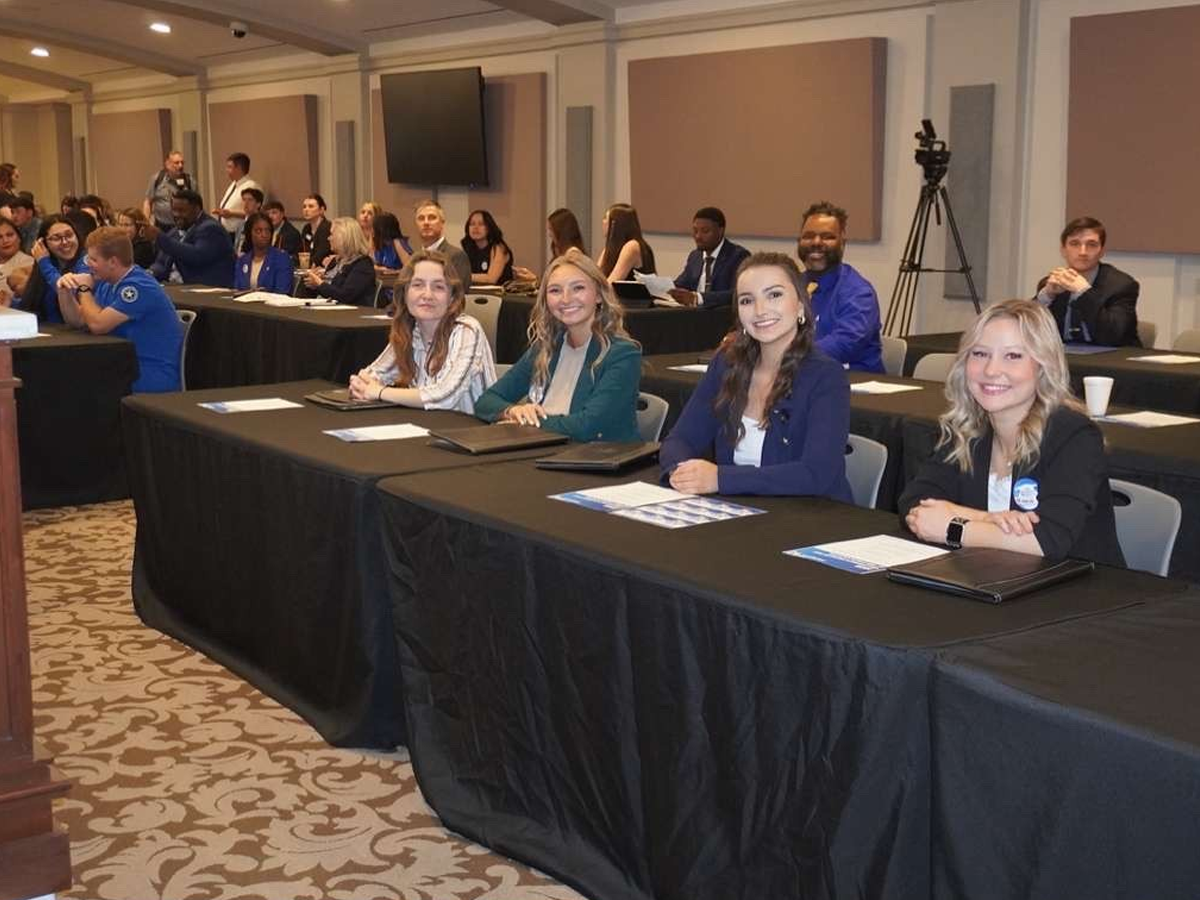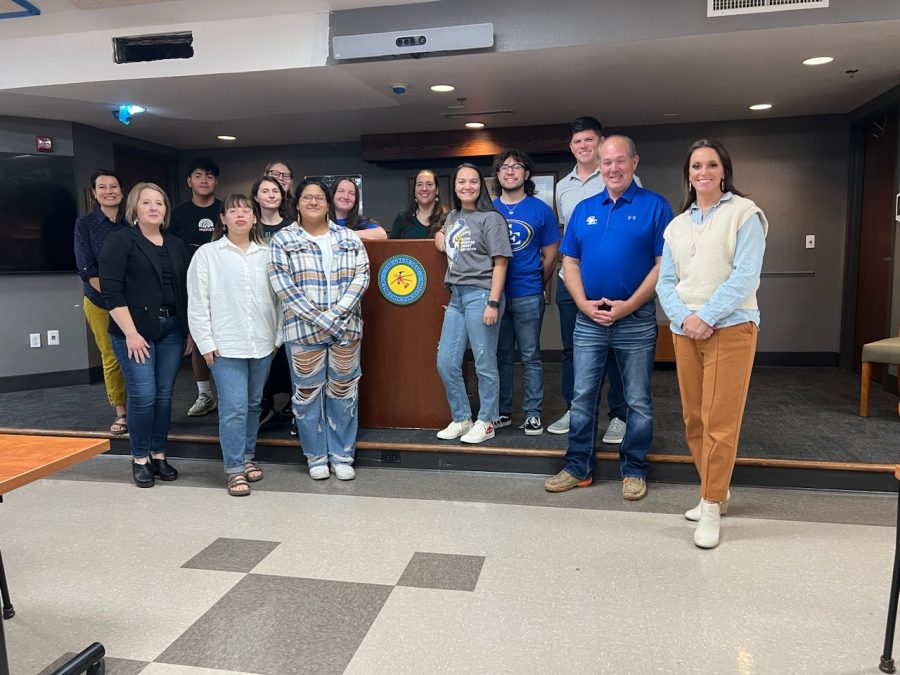Tiffany Logue
Staff writer
According to the National Oceanic and Atmospheric Administration’s National Weather Service, the deadliest tornado to hit Oklahoma occurred on April 9, 1947. It happened in Woodward, which is located near to the panhandle. Ranking as a number five on the Fujita Scale, used for categorizing tornadoes by intensity and damage, the Woodward tornado killed over 116 people. Of the deceased, three children were never identified.
During the tornado that hit Woodward, there were at least six tornadoes that covered three states: Oklahoma, Texas and Kansas, according to NWS. The path of the Woodward tornado, which was the strongest of the six, was 220 miles long. Its speed was about 50 miles an hour and was 1.8 miles wide.
Tornadoes, according to MSNBC, are formed when lower level warm air meets upper level cool air in the atmosphere causing a low level cloud. The different temperature air systems then start rotating under the low level cloud causing a mesocyclone. A mesocyclone is a small cyclone that forms above the cloud and sometimes produces tornadoes. How mesocylones cause tornadoes is not completely understood.
Warning signs for a tornado according to the Norman Storm Protection Center include:
● Strong rotation in the clouds
● Whirling dust or debris on the ground under a cloud base
● Hail or heavy rain followed by a dead calm or intense wind shift
● Day or night: loud roar sounding like a train
● Night: small and bright blue-green to white flashes close the ground near a thunderstorm (the lights are from power lines being snapped by strong winds)
● Night: persistent lowering from a cloud base, illuminated by lightning
In April 1919, the Durant area was hit by a tornado. According to GenDisasters, this particular tornado killed 11 people and injured 30-40 more. According to the website, of those injured, several were in critical condition. This tornado hit Durant’s water plant causing many people to be without water until it was fixed.
Even though there have been no tornadoes to hit Durant recently, it would be beneficial to know how to protect yourself in case of one. You can do this by listening to a radio or watching news updates on television for tornado alerts.
According to the SE website, the SE alert system, is designed to notify faculty, staff and students of emergencies that warrant immediate notification. The system uses SMS text messages, automated telephone calls, voice mails and also emails to send emergency alert messages to Southeastern’s faculty, staff and students.
If a tornado warning has been issued or you spot one you can protect yourself in a variety of ways. The easiest is getting to a designated safe area.
Safe areas on the SE campus and their capacities:
● Morrison’s basement area- 280 people
● New arena (dressing rooms on the far north on the first floor on the east and west sides under the seat ing area)- 324 people
● Fine Arts (little theatre)- 416 people
● Designated for dorm residents: Paul Laird Field (visitor’s locker room)- 535 people
According to the Storm Protection Center, if you cannot reach a designated safe area:
● Take shelter in safest place you can find with no windows
● If in a multistory home, seek safety on the bottom level
● Crouch as low as possible to the floor and protect yourself by lying in a ball covering your head with your forehead to the floor
● If possible, use a sleeping bag or mattress to cover and protect yourself from falling debris (Know where the heavy items on higher floors are located and avoid taking shelter underneath them on the lower floor in case the top floors collapse.)
● Do not remain in vehicles (same goes for mobile homes or trailer houses). Park them and seek shelter in a safer area.
● If outside, get as far away from trees as possible, lay on the ground. Use your arms to protect your head.
On May 3, 1999, the Oklahoma City area was hit by Oklahoma’s most recent F5 tornado. According to the National Severe Storms Laboratory, this tornado killed 46 people, injured 800 and damaged or destroyed approximately 8,000 homes. The cost of the houses alone totaled up to $1.5 billion.
The tornado covered a 38-mile path and was on the ground for an hour and a half. There were 74 tornadoes that touched down on this day. They covered the Oklahoma-Kansas line.
After the tornado:
● Wait for emergency personnel
● Carefully help the people you can who are injured
● Avoid power lines because they could still be active
● Do not go into buildings with much damage because they could collapse
● Watch your step. There will be debris everywhere such as broken glass, metal, etc
Woodward got hit without warning and received the most destruction. According to the National Weather Service Office in Norman, the strongest tornado of Woodward was categorized as an F5. It hit over 100 blocks in the west and north parts of the city.
It could happen anywhere seeing as tornadoes are unpredictable. Knowing how to protect yourself is important in case a tornado occurs in Durant. Due to the extreme magnitude of the May 3 tornado in Oklahoma City, the Fujita Scale was changed to the Enhanced Fujita Scale, thus showing that the scale for measuring tornadoes is subject to change and tornadoes are unpredictable in nature.







